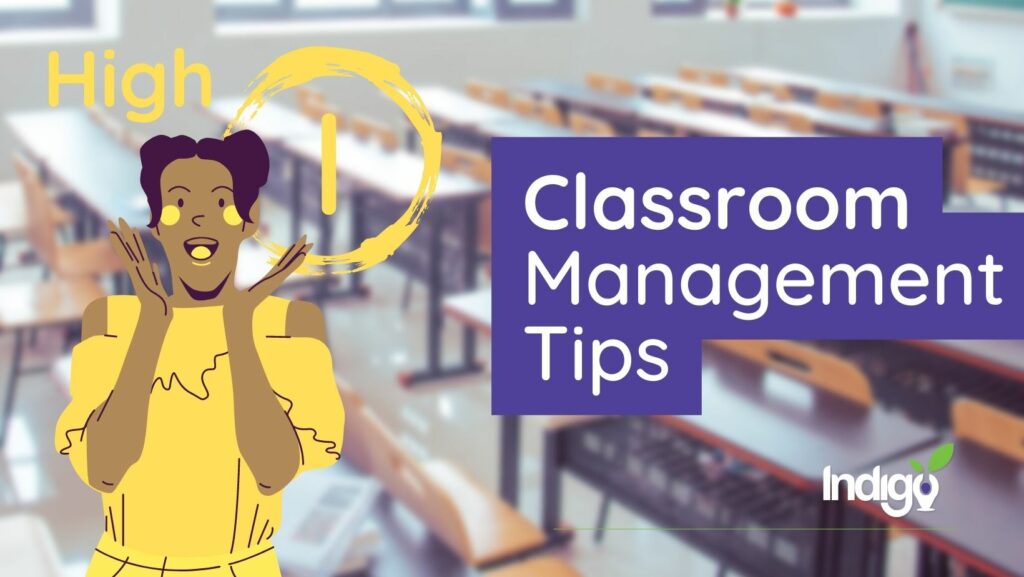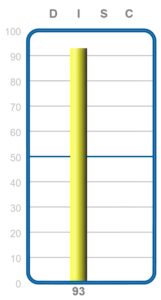Personalized classroom management strategies help meet individual student needs, fostering a positive learning environment, increasing motivation, and leading to better student performance. Understanding a student’s core DISC style provides a great framework helping each student thrive! In this blog, we’ll explore techniques for managing high influencing students, creating a structured and results-focused environment for optimal performance.
Someone who scores above 50 in the DISC Influencing behavioral style (yellow bar on the DISC graph) is considered “high” in that style. The higher the score, the more these classroom strategies typically apply.
A high influencing student may have characteristics such as being outgoing, sociable and personable. While they tend to be talkative, about 25% of them also identify as introverts, needing alone time to recharge.
Learners with high influencing behavior styles tend to learn best out-loud. They need to talk with others, process externally (aka share their thoughts and ideas), and listen to others doing the same. Also, they thrive off of building relationships with others. Note that they may also be less analytical, and may tend to rely on their instincts and emotions when making decisions.
Here are some classroom management strategies to keep in mind for students who have a high influencing behavior style:
Encourage participation and collaboration.
High influencing students tend to be sociable and enjoy working with others. So encourage participation and collaboration in group activities and discussions.
Use a positive and enthusiastic tone.
High influencing students tend to be energetic and respond well to a positive and enthusiastic tone. Adopt this approach when communicating with them.
Create opportunities for public speaking and presentations.
High influencing students may enjoy opportunities for public speaking and presentations, so provide opportunities for them to showcase their skills.
Use humor and playfulness in the classroom.
High influencing students may respond well to humor and playfulness, so incorporate these elements into the classroom.
Encourage creativity and experimentation.
High influencing students tend to be creative and enjoy experimenting with new ideas. Encourage this type of thinking and expression.
Provide positive feedback and recognition.
High influencing students tend to respond well to positive feedback and recognition, so be sure to provide this consistently.
These strategies aim to provide an engaging and open learning environment that takes into account the individual needs of high dominance students and encourages them to take responsibility for their learning and behavior. It also provides opportunities for positive reinforcement and recognition and in time, know how to better advocate for themselves.
Note: It’s important to note that the DISC assessment is just one tool used to understand and describe behavior, and it should not be used to label or judge individuals. Each person is unique and may exhibit a combination of different behavioral traits. Additionally, behavior can change depending on the situation and context. Therefore, it is essential to use the information from the DISC assessment as a starting point for understanding and communication, not as a means of making judgments or assumptions about a person’s character or abilities.


